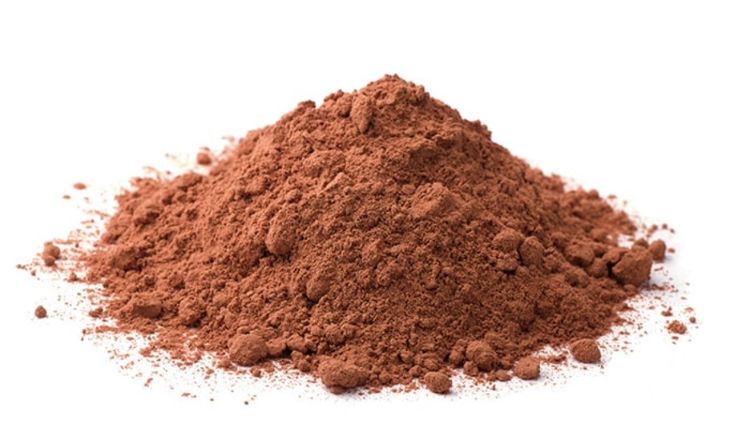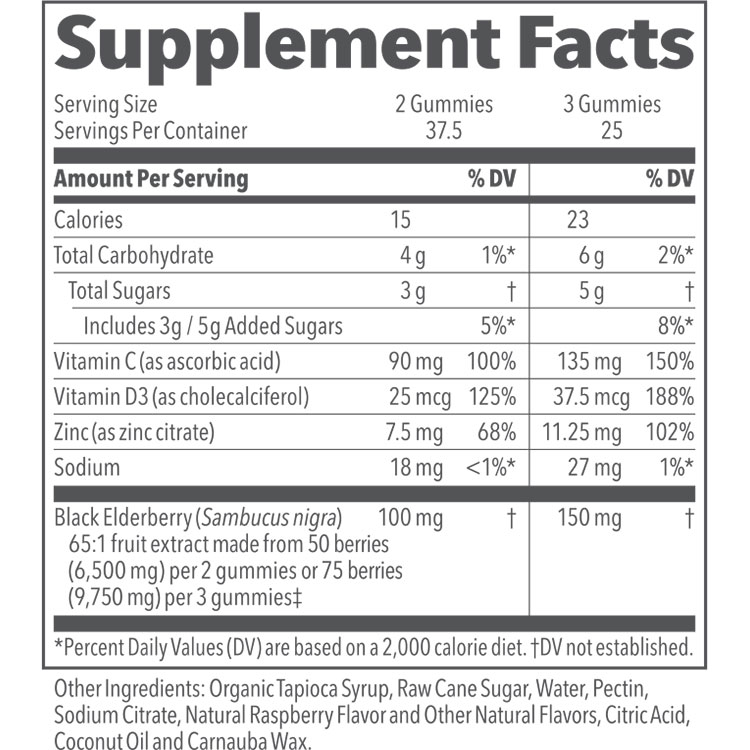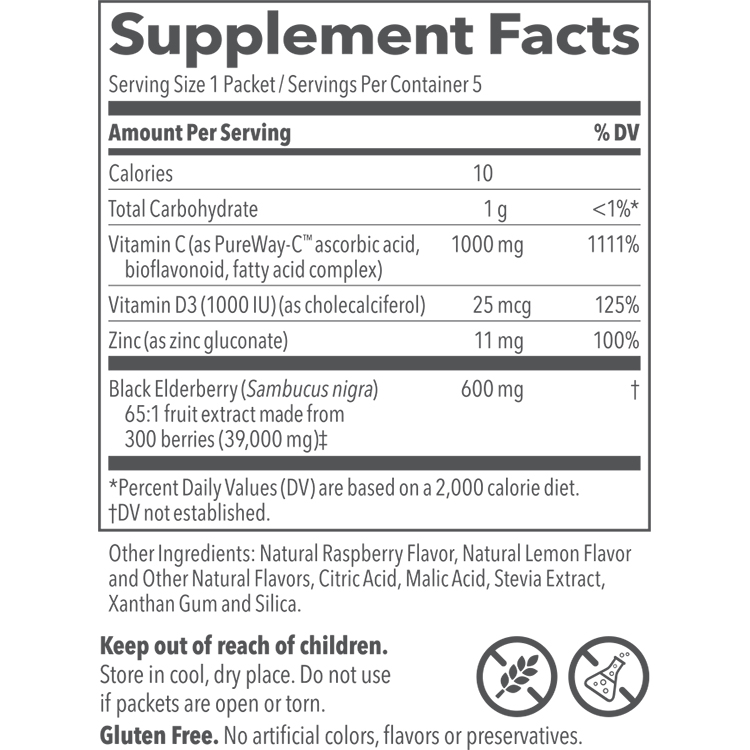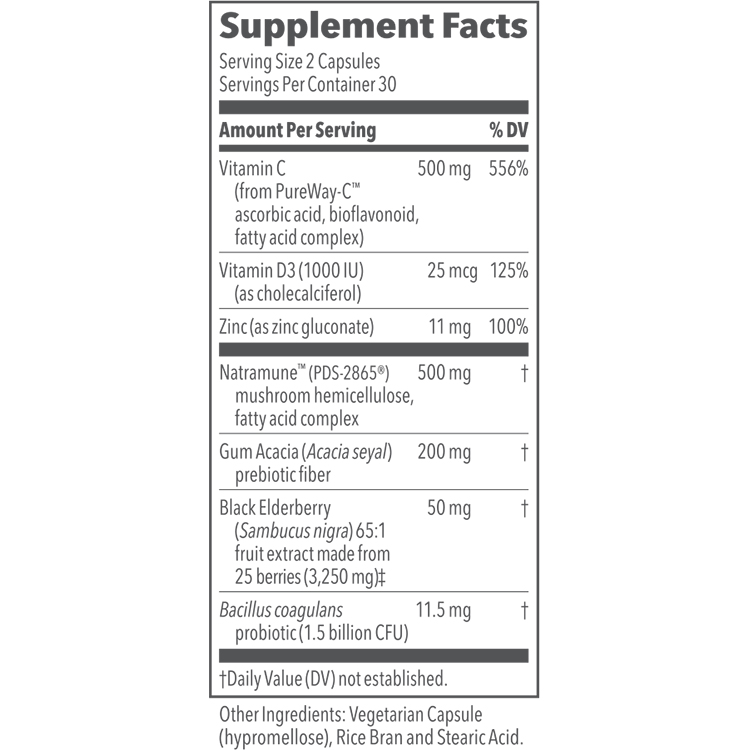BACKGROUND
Ingredient Type: Constituent
Also Known As: Theobromine; C7H8N4O2

Theobromine is a chemical compound found in chocolate. Theobromine is similar to caffeine – in fact, many people believe that the reason some people mistakenly believe that chocolate contains caffeine is because theobromine and caffeine are so similar. The benefits of theobromine are not the same as caffeine despite that fact that they are structurally similar (14). Many of the benefits of theobromine are related to blood flow around the body. Theobromine is a vasodilator (blood vessel widener) (15), which is often paired in nature with caffeine (a vasoconstrictor). This has effects for people with heart disease, high blood pressure, and hypertension. This also effects blood flow to the brain is an important marker for cognition. Studies show that daily caffeine usage can restrict blood flow to the brain and reduces gray matter (15). Many nootropic compounds work by improving blood flow and oxygenation and theobromine is within this class of substances.
Theobromine also has anti-inflammatory benefits which partner, as an opposing effect, to caffeine. Some studies suggest that theobromine also reduces oxidative stress at the cellular level (14).
Although there is far more research on caffeine, theobromine is a sister chemical compound with many benefits some of which negate the less desirable aspects of caffeine. (1)
PEOPLE USE THIS FOR: Orally, cocoa seed is used for infectious intestinal diseases and diarrhea, asthma, bronchitis, and as an expectorant for lung congestion. The seed coat is used for liver, bladder, and kidney ailments; diabetes; as a tonic; and as a general remedy. Cocoa powder, enriched with flavonoid constituents, is used for preventing cardiovascular disease and cognitive impairment. Cocoa butter is used for hypercholesterolemia. Topically, cocoa butter has been used to treat wrinkles on the skin and to prevent stretch marks during pregnancy. In foods, cocoa seed is used as a flavoring agent. Chocolate is produced from cocoa powder. In manufacturing, cocoa butter is used as a compounding base for various pharmaceutical preparations.
Recent studies have highlighted the potential of theobromine, which may act as antitumoral, anti-inflammatory or cardiovascular protector molecule without the undesirable side effects described for caffeine. (10)
HISTORICALLY:
1100 BC: Cacao is native to tropical South America and has been cultivated for at least three millennia in Central America and Mexico, with its earliest documented use around 1100 BC in the lower Ulu´a Valley in northern Honduras.
600 BC: Cocoa has been consumed since 600 BC. The majority of the Mesoamerican peoples made chocolate beverages, including the Maya and Aztec. It was believed to have stimulant and restorative properties. The Aztecs also esteemed chocolate for its reputed ability to confer wisdom and vitality.
1500’s: Columbus 4th voyage in 1502 became the first European to discover cocoa beans. After the Spanish conquest of the Aztecs in the early 1500s, chocolate was imported to Spain, where only royalty and the well-connected could afford to drink it. The Spaniards began to mix the bitter drink with sugar, another luxury commodity, and cinnamon, managing to keep this chocolate delicacy a secret.
1600s: In 1651, the Spanish princess Anna of Austria married Louis XIII and, among other Spanish customs, introduced the chocolate drink to the French court. In France, chocolate could be consumed only by members of the royal court. The first chocolate house opened in London in 1657. In 1689, noted physician and collector Hans Sloane developed a milk chocolate drink in Jamaica that was initially used by apothecaries but later sold to the Cadbury brothers. In the late 1600s, chocolate made its way to Germany.
1700s: In the 1700s, mechanical mills that squeezed out cocoa butter were created. In 1704 Frederick I of Prussia, abiding by the policy of restricting foreign produce imports, imposed a tax on chocolate. In 1711, Emperor Charles VI moved his court from Madrid to Vienna, bringing the chocolate tradition. The Florentine and Venetian coffee houses began offering chocolate as early as 1720. Chocolate was not officially introduced in North America until 1755. The Josty brothers made a major contribution to the reputation of Swiss chocolate in Germany, opening a confectioner’s shop and chocolate factory in Berlin in 1792.
1800s: The first Swiss chocolate factory, pioneered by founder François-Louis Cailler, was built near Vevey in 1819. Cailler learned the secrets of his trade in Italy. In 1875, the Swiss invented milk chocolate.
Today, people around the world consume more than three million tons of cocoa beans annually in various forms and most of the beans are grown in developing, tropical countries. The African continent has been historically the primary producer of raw cocoa, with the Ivory Coast being one of the largest individual suppliers. (4)
SAFETY: when used orally and appropriately (13161, 14306, 14307, 14308, 15655, 15752, 17187
Dosing: 200 – 1000 mg per day. If you’re taking theobromine for energy, most people take between 500 and 1000mg per day. effectiveness as a cough medication – participants took a dosage of 32mg/kg, which is about 3.5 to 8 grams for an average-sized person. The lethal dosage for theobromine is reported to be approximately 1000mg/kg, which works out to between roughly 45 and 120 grams for people within a typical weight range. (1)
Risk: A study in Utah in published in 1993, showed plausible increased risk of non-aggressive form of prostate cancer in older men. The association may be spurious as non-aggressive prostate is a risk factor in all older men and increases with age. Theobromine can cause the same side effects as caffeine: loss of appetite, nausea, headaches with withdrawal, sleeplessness, tremors, restlessness and anxiety. The international agency for Research on Cancer has shown some evidence that theobromine may induce genetic mutations in mammalian cells. There is inadequate evidence of carcinogenicity and it is still listed as safe for human consumption. (14)
EFFECTIVENESS STUDIES:
Reduction of cell toxicity: Theobromine and other main components of a hydro-alcoholic guaraná extract are able to reduce cell toxicity caused by nitric oxide generation (Bittencourt et al., 2013)
Respiratory tract support: Theobromine is useful in asthma and in other respiratory tract problems such as cough for which no definitive drug has been developed. Codeine is very effective but its metabolism to compounds acting on opioid receptors limits its use (Prieto-Lastra et al., 2006)
Cardiovascular support: Other adenosine receptor-independent effect of theobromine is demonstrated in cardiovascular protection by significant increases in HDL cholesterol plasma levels and decreases in LDL ones. Clinical trials have been undertaken in volunteers taking cocoa to assess the effect of this substance on plasma lipoprotein levels (Kris-Etherton et al., 1994; Mursu et al., 2004; Wang-Polagruto et al., 2006; Baba et al., 2007; Mellor et al., 2010; Khan et al., 2012). The results of the clinical trial NCT01481389 (clinicaltrials.org) suggest that theobromine but not flavonoids is the responsible for the increase in HDL levels in individuals taking cocoa products (Neufingerl et al., 2013). The mechanism of HDL-increasing effect is probably multifactorial and non-necessarily related to the blockade of adenosine receptors. Likely based on a diuretic effect in dogs (Macnider, 1917)
Weight Loss: theobromine has been considered useful for weight loss and it is supplemented to herbal tea preparations (Khazan et al., 2014). However, there is neither enough data to confirm weight-loss potential in humans nor the putative underlying mechanism. it is an appetite suppressant. (15)
Diuretic: Theobromine increases urine production. Because of this diuretic effect, and its ability to dilate blood vessels, theobromine has been used to treat high blood pressure.(7) The American Journal of Clinical Nutrition notes that historic use of theobromine as a treatment for other circulatory problems including arteriosclerosis, certain vascular diseases, angina pectoris, and hypertension should be considered in future studies.(8) Following its discovery in the late 19th century, theobromine was put to use by 1916, when it was recommended by the publication Principles of Medical Treatment as a treatment for edema (excessive liquid in parts of the body), syphilitic angina attacks, and degenerative angina.(11)
Cancer Prevention: Possible future uses of theobromine in such fields as cancer prevention have been patented.(13)
Mood elevation: Studies have shown that it seems to have a positive, mood elevating effect on those that ingest it. (15)
Laxative effect: probably due to adenosine receptor antagonism (15)
Energy: similar to caffeine, often used as an alternative to caffeine due to less side effects. (1)
MECHANISM OF ACTION: The main mechanisms of action are inhibition of phosphodiesterases and blockade of adenosine receptors. Further mechanisms are being explored to better understand the health benefits associated to theobromine consumption. Theobromine is safe for humans and has fewer unwanted effects than caffeine. Therefore, theobromine deserves attention as one of the most attractive molecules in cocoa. (10)
REFERENCES:
- https://supplementpolice.com/theobromine
- www.ncbi.nlm.nih.gov/pubmed/23764688
- www.ncbi.nlm.nih.gov/pubmed/15548587
- Natural medicine data base, medical professional resource.
- William Marias Malisoff (1943).Dictionary of Bio-Chemistry and Related Subjects. Philosophical Library. pp. 311, 530, 573.ASIN B0006AQ0NU.
- Smit, HJ (2011). “Theobromine and the pharmacology of cocoa.”.Handbook of experimental pharmacology(200): 218. PMID 20859797. doi:10.1007/978-3-642-13443-2_7.
- Anne Marie Helmenstine.“Theobromine Chemistry”.About.com Education.
- Kelly, Caleb J (August 2005). “Effects of theobromine should be considered in future studies”.American Journal of Clinical Nutrition.82 (2): 486–7; author reply 487–8. PMID 16087999.
- Nutrients2013, 5(10), 4159-4173; doi:10.3390/nu5104159 ReviewHealth Benefits of Methylxanthines in Cacao and Chocolate Rafael Franco, Ainhoa Oñatibia-Astibia and Eva Martínez-Pinilla http://www.mdpi.com/2072-6643/5/10/4159/htm
- Front Pharmacol. 2015; 6: 30. Published online 2015 Feb 20. doi: 10.3389/fphar.2015.00030
PMCID: PMC4335269 The relevance of theobromine for the beneficial effects of cocoa consumption; Eva Martínez-Pinilla, Ainhoa Oñatibia-Astibia, and Rafael Franco. Copyright © 2015 Martínez-Pinilla, Oñatibia-Astibia and Franco. https://www.ncbi.nlm.nih.gov/pmc/articles/PMC4335269
- George Cheever Shattuck (1916).Principles of medical treatment. W.M. Leonard. pp. 15, 39, 41
- Rambali B; Andel I van; Schenk E; Wolterink G; Werken G van de; Stevenson H; Vleeming W (2002).“[The contribution of cocoa additive to cigarette smoking addiction]” (PDF). RIVM (report 650270002/2002).- The National Institute for Public Health and the Environment (Netherlands)
- US 6693104, “Theobromine with an anti-carcinogenic activity”, issued 2004-02-17
- International Agency for Research on Cancer(November 17, 1991).“Volume 51: Coffee, Tea, Mate, Methylxanthines and Methylglyoxal – Theobromine” (PDF). IARC Monographs on the Evaluation of Carcinogenic Risks to Humans. WHO. Archived from the original (PDF)on September 27, 2006. Retrieved 2006-09-19.
- http://www.sciencedirect.com/topics/page/Theobromine




